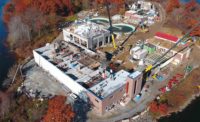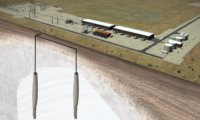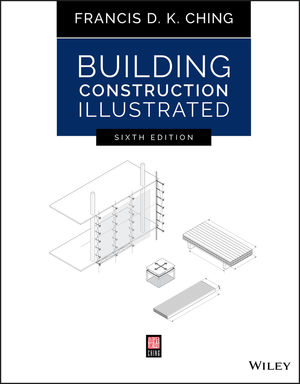Sustainable Building
Alliance: Focus Beyond Top Performing 'Green' Assets to Meet Global Decarb Goals
Building owners not engaged in green construction practices to lower carbon could lose financing, says report
.jpg?1733846074)
A fully electrified 1970s-era high-rise in Melbourne, Australia, now is carbon-neutral with lower embodied carbon and using 100% renewable energy.
Photo courtesy of Green Building Council Australia
While green building certification has become well-established over the past three decades, most existing buildings—as much as 75% of building stock now in the developed world—lack that certification and are less energy efficient than their higher-performing counterparts, says an international alliance of five green building organizations.
The alliance's new report cites lack of awareness and financial resources among barriers that have limited widespread adoption of sustainable construction practices.
In the recently released report targeted to the climate finance community, state regulators and real estate developers, the groups said most buildings in the developed world that will be standing in 2050 have already been built, and their energy performance collectively falls far short of what’s needed to meet global decarbonization goals.
According to the International Energy Agency, building emissions must fall by 9% annually by 2030 to meet net-zero targets by 2050.
The groups note that those reductions won't happen by directing capital to purely "green assets" like Class-A, high-performing buildings. “Not every building will achieve green building certification," the groups concluded. "However, every building can implement green building practices to ... become more resilient.”
The organizations said they released the report to continue efforts begun this summer after the Climate Week London conference to highlight the need to expand green-building activity within “non-engaged" communities.
“Sustainable finance is largely driven toward Class-A properties in real estate,” says Paul Mathew, senior fellow at the U.S. Green Building Council, the latter of which is an alliance member. “That’s obviously not going to get us to our decarbonization goal. So we really kind of need to make this push.” The group also includes Alliance HQE in France, BRE Group in the U.K., Green Building Council Australia and the Singapore Green Building Council.
Among the group's recommendations are to standardize terms associated with green products, tools and systems; and to expand definitions that consider lifetime performance of a building.
Decarbonization is a “multi-year, sometimes multi-decade journey that requires thoughtful technical and financial planning around building life-cycle milestones,” the alliance said.
While green building practices still have not reached market penetration among owners of Class-B and Class-C buildings, certification programs like LEED have pushed the needle forward and resulted in more aggressive building codes and policies related to building performance, said Alex Dews, executive director of the Institute for Market Transformation.
“You’re always going to need a segment of the market that’s leading and showing what’s possible for everyone else. We’ve shifted the middle of the market” to a much higher level of performance, he said.







